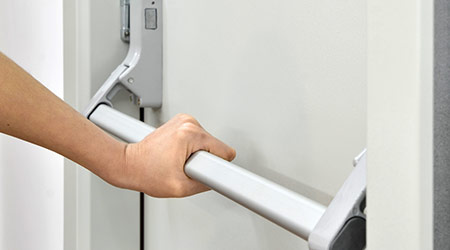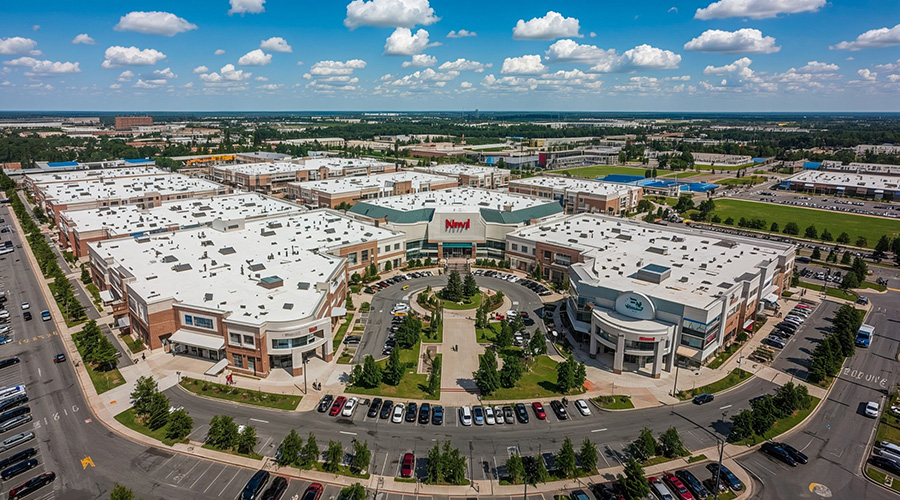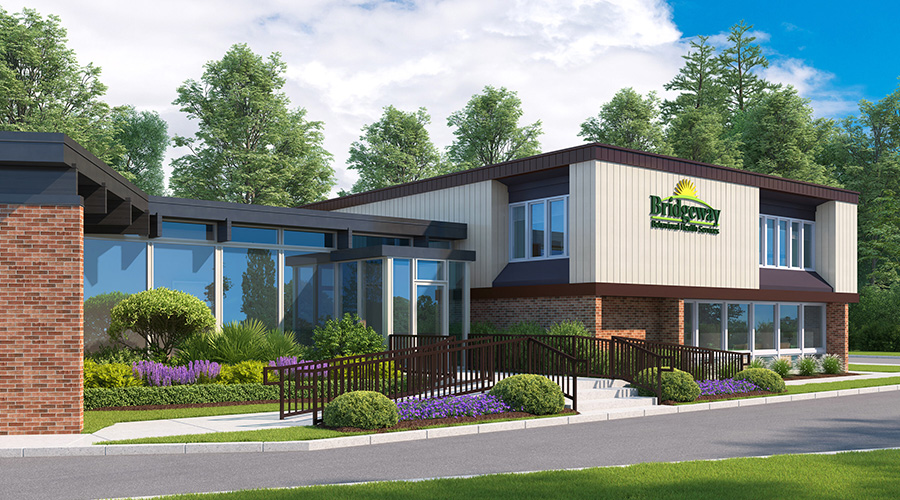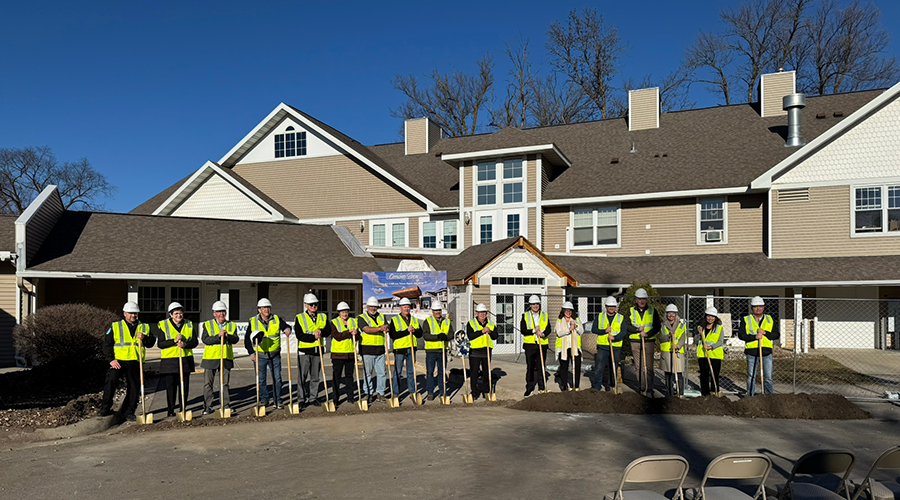Q: Lately, due to many different construction projects within this hospital, contractors install crash bars (aka panic bars) on doors that have locks for security reasons. The doors do lead to alternate evacuation exits/stairs. The crash bars release the locks in 15 seconds and I have been told that signs notifying people of this is required on the doors. Where is the code for this requirement? One location is an entrance directly into an outpatient care service directly off the public elevator lobby.
At two newer locations on another floor, employees are to use their ID badge for access but in one location the sensor is not readily seen. In this location employees frequently open the door via the crash bar setting off the alarm requiring someone to go there to reset the alarm. The message contractors are putting on the doors read: PUSH UNTIL ALARM SOUNDS / DOOR CAN BE OPENED IN 15 SECONDS. The message gives people permission as well as instruction of how to enter a secured area. Where is this code requiring the sign and does it specify the message?
A: Yes… The answer to your question is: Section 7.2.1.6.1 of the 2012 Life Safety Code.
What you have on these doors are called “Delayed Egress Locks”, and the sign that reads “PUSH UNTIL ALARM SOUNDS – DOOR CAN BE OPENED IN 15 SECONDS” is a requirement. If you don’t have these signs, you can be cited by an inspector or surveyor.
Also, as an FYI… you are not allowed to use delayed egress locks on doors in the required path of egress unless the facility is fully smoke detected or fully sprinklered. So, check with your staff to determine if your building is fully sprinklered. In all my 40+ years in this business, I have never seen a fully smoke detected hospital.
Keep in mind, delayed egress locks are not designed to secure an area. They are designed to allow access through the door on a delayed basis. If the door is located in the required path of egress, then you cannot secure the door, unless it meets one of the exceptions provided in section 19.2.2.2.4.
Brad Keyes, CHSP, is the owner of KEYES Life Safety Compliance, and his expertise is in the management of the Life Safety Program, including the Environment of Care and Emergency Management programs.

 Healthcare Is the New Retail
Healthcare Is the New Retail Bridgeway Behavioral Health Services Launches Campaign to Renovate Health Center
Bridgeway Behavioral Health Services Launches Campaign to Renovate Health Center Ground Broken for New North Dakota State Hospital
Ground Broken for New North Dakota State Hospital AI Usage for Healthcare Facilities
AI Usage for Healthcare Facilities Ground Broken on Pelican Valley Senior Living Modernization Project
Ground Broken on Pelican Valley Senior Living Modernization Project